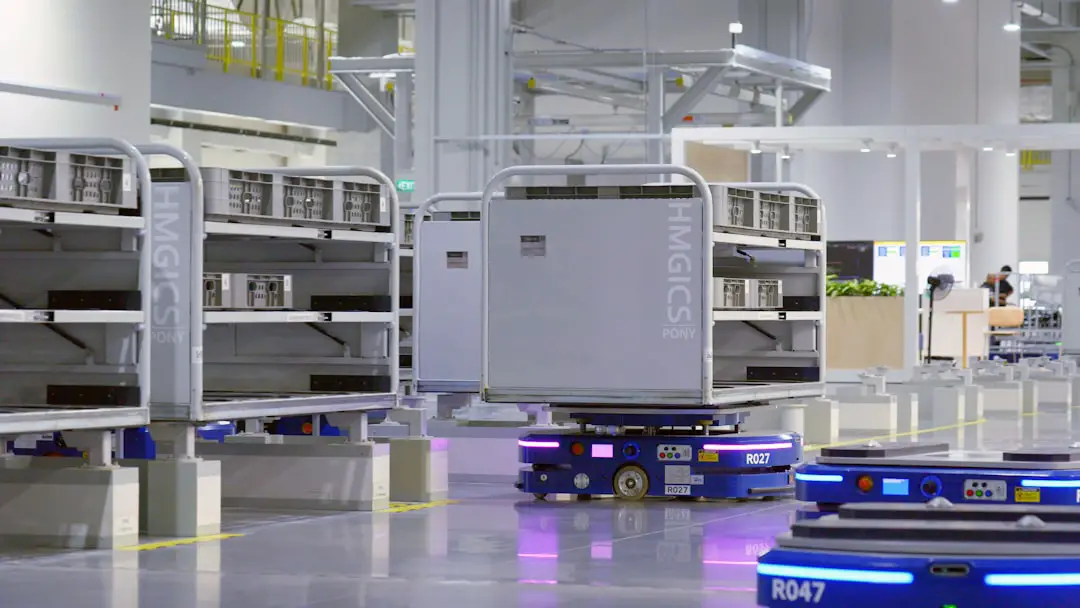In the last two decades, the digital revolution has dramatically transformed the way consumers shop and businesses operate. The rapid growth of e-commerce has not only changed our purchasing habits but also sparked a significant evolution in supply chain logistics. From traditional brick-and-mortar systems to cutting-edge automation in fulfillment centers, the landscape of commerce and delivery is now more interconnected and dynamic than ever before.
The Rise of E-Commerce: A Digital Shift
As internet access expanded and consumer trust in online shopping grew, companies began to invest heavily in digital platforms. Marketplaces like Amazon, Alibaba, and eBay revolutionized how goods were bought and sold, offering unprecedented convenience, variety, and price comparisons.
E-commerce has introduced a set of new expectations:
- Faster delivery times
- Real-time tracking of shipments
- Flexible return policies
- Omnichannel purchasing experiences
These demands have fundamentally reshaped the logistics industry, pushing companies to innovate and streamline their supply chains for peak efficiency.

Technology Driving Supply Chain Evolution
To meet the high expectations of today’s online consumers, supply chains have had to become smarter, faster, and more adaptive. Here are some key technological shifts:
- Automation and Robotics: Warehouses are now equipped with robotic arms, automated guided vehicles (AGVs), and sophisticated inventory management systems. These technologies not only speed up processing times but also reduce human error.
- Artificial Intelligence (AI): AI algorithms analyze historical data to forecast demand more accurately, optimize inventory levels, and streamline route planning for deliveries.
- Internet of Things (IoT): Sensors placed on goods and shipping containers allow for real-time tracking and condition monitoring — a game changer for perishables and sensitive items.
Each of these advancements contributes to a supply chain that is more resilient, responsive, and capable of real-time decision-making.
From Regional to Global Fulfillment
The globalization of e-commerce has led to a growing need for international logistics networks. With customers expecting next-day or even same-day delivery, companies now operate multiple strategically located fulfillment centers around the world. This decentralization ensures that products can be stored closer to end-users, reducing transportation time and cost.
Moreover, the concept of “last-mile delivery” — the final step of the shipping process — has gained immense importance. Businesses are experimenting with innovative solutions like drones, autonomous vehicles, and local courier partnerships to handle this critical phase with speed and precision.

Challenges in Supply Chain Logistics
Despite the exciting progress, the evolution of supply chain logistics is not without its hurdles. Some key challenges include:
- Labor Shortages: As logistics operations become more complex, there’s a growing need for skilled workers who can manage high-tech systems.
- Environmental Concerns: With more delivery vehicles on the roads and increased packaging waste, sustainability has become a major focus. Businesses are now investing in greener logistics solutions like electric vehicles and recyclable materials.
- Cybersecurity Risks: The digitalization of supply chain systems makes them vulnerable to hacking and data breaches.
The Future of E-Commerce and Logistics
As technologies like blockchain, predictive analytics, and machine learning continue to mature, the supply chain will become even more intelligent and efficient. We may see a rise in localized micro-fulfillment centers, drone-based delivery becoming mainstream, and even greater personalization in the shopping and shipping process.
For consumers, this means an increasingly seamless and speedy shopping experience. For businesses, it means staying agile, investing in innovation, and maintaining a laser focus on customer satisfaction.
The evolution of e-commerce is far from over — and its continued influence on supply chain logistics will shape the future of commerce for decades to come.
